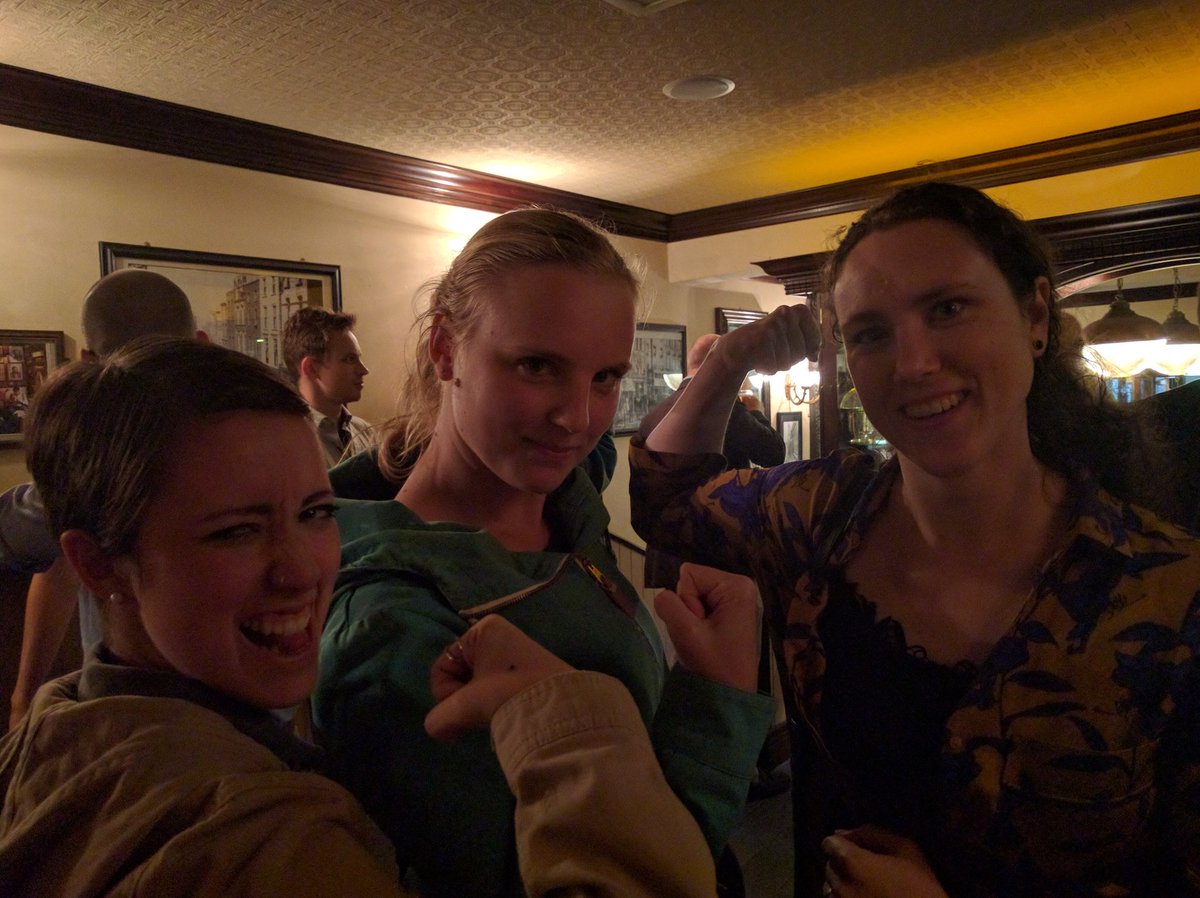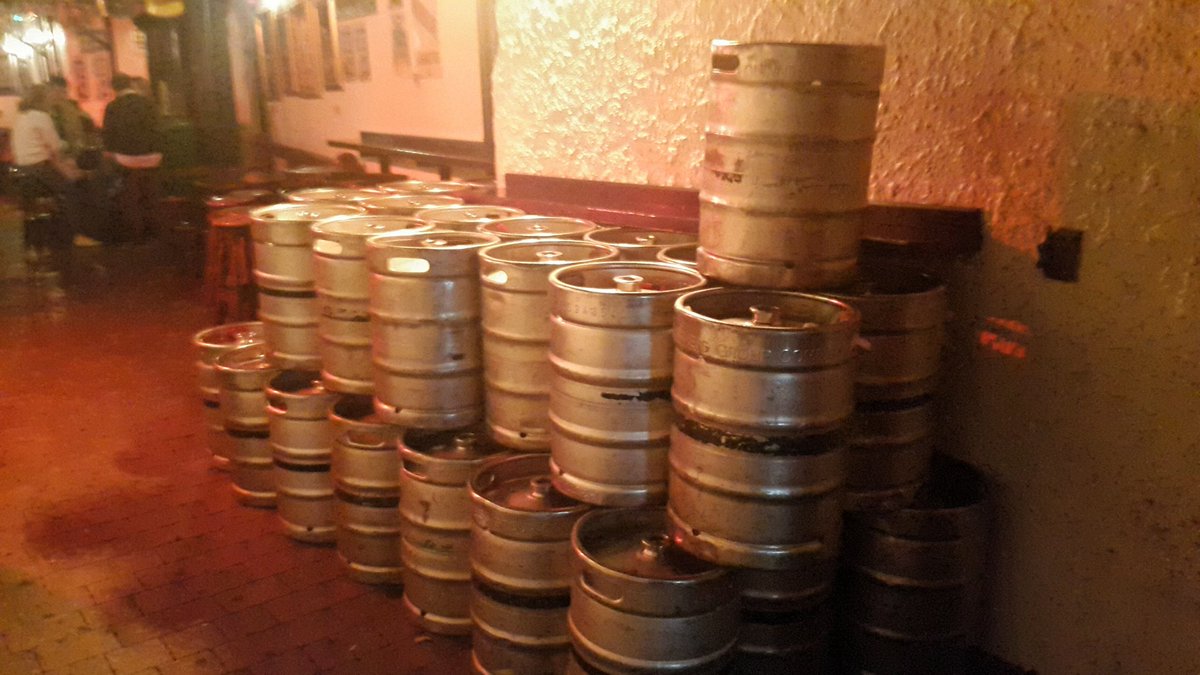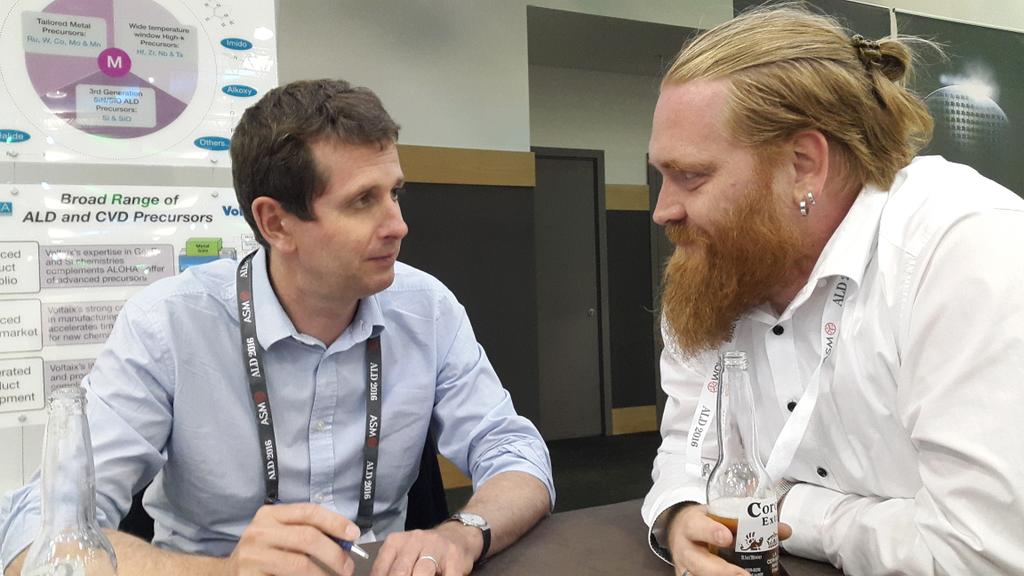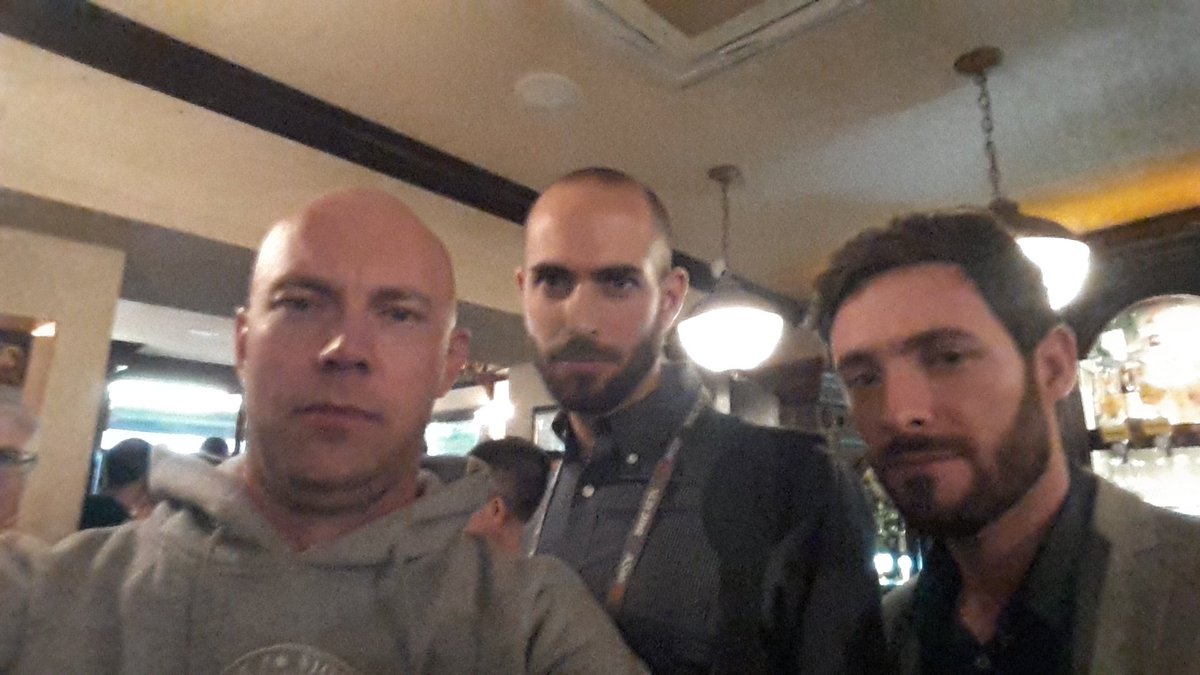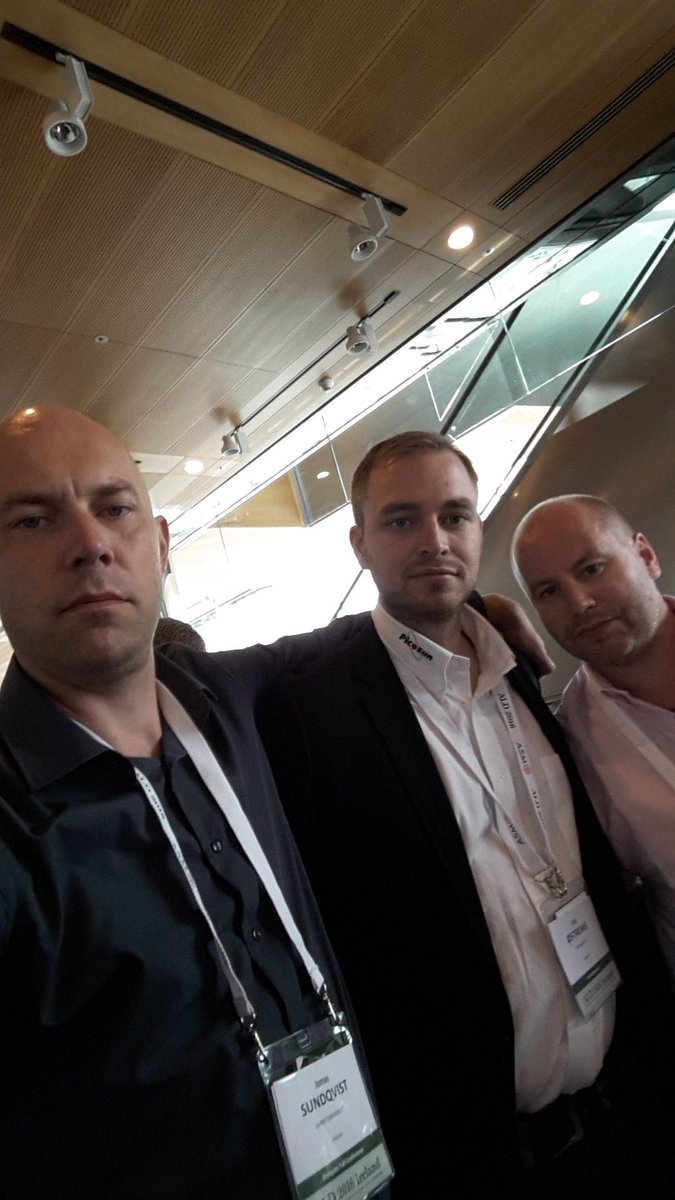A breakthrough materials processing technique devised by a Dutch research team could lead the way for a new generation of smart fabrics, wearable electronics, solar cells and flat-panel displays.
Many of these technologies work by sandwiching together layers of different materials, with some layers ten thousand times thinner than a sheet of paper (just a few nanometres). Such thin layers can be laid down by a technique called atomic layer deposition (ALD), which is the subject of the new research by Holst Centre/TNO in the Netherlands. Improving how the thin layers are deposited is opening up many new opportunities and applications for flexible electronics in everyday life.
ALD is a highly precise technique for the growth of thin material layers. It is primarily used in the fabrication of electronic chips for an array of consumer products such as PCs, tablets and smartphones. Ultra-thin ALD layers in these devices deliver improved speed, energy efficiency, resolution and memory capacity.
The ALD processes used in the semiconductor industry are precise but slow, depositing roughly one nanometre per minute, and must be carried out in specialised vacuum equipment at low pressure on rigid materials. This is acceptable for making chips in the semiconductor industry, but is an obstacle towards using ALD for coating fabrics, foils or TV displays in a standard factory environment.

The research team at Holst Centre/TNO, led by Dr Paul Poodt, has successfully brought ALD out of the vacuum to atmospheric pressure, and shortened deposition times to nanometres per second, without compromising on quality. They achieved this by switching to ‘Spatial ALD’ on large-area and roll-to-roll factory equipment that is suitable for coating flexible films and large sheets. (Picture from LinkedIn.com)
The new technique is one of a number of thin film innovations being presented at the 16th International Conference on Atomic Layer Deposition (ALD 2016), which takes place in the Convention Centre Dublin, Ireland on July 24-27.
The team at Holst Centre/TNO started research into Spatial ALD in 2009 and have successfully shown its use in many applications, including a higher efficiency solar cell that is now on the market. Their current goal of coating porous materials and polymers is even more challenging, but could be hugely rewarding.
Paul Poodt, Program Manager at the Open Innovation Institute Holst Centre said: “We needed to understand the role played by gas pressure in Spatial ALD. Porous materials are like microscopic sponges, and molecules need to travel through all the pores, nooks and crannies before coating the pores properly. We found simple equations that tell us that atmospheric pressure does not in fact slow down ALD in porous materials, but can actually help to speed it up. With this understanding we can make clever designs of new Spatial ALD reactors.”
Dr Poodt added: “We believe that Spatial ALD will make flexible electronics possible soon – useful technologies like foldable displays, wearable phones and smart fabrics. We hope that the results we present at the ALD2016 Conference will be the first step to a new range of applications where Spatial ALD can be a key enabling technology.”

Dr Simon Elliott from Tyndall National Institute, chair of the ALD2016 Conference, said: “This exciting result from TNO is a great example of how seemingly-abstract theoretical understanding of gas flow past obstacles can directly impact on the manufacture of new high-tech devices, such as (O)LED lighting, flexible displays and miniature batteries for wearables.”
Dr Paul Poodt and his team will be presenting their research findings on accelerated growth of thin films onto flexible materials as part of the ALD2016 Conference in Dublin. For further information about the ALD2016 Conference please see
http://ald2016.com/



%20(1).png)
